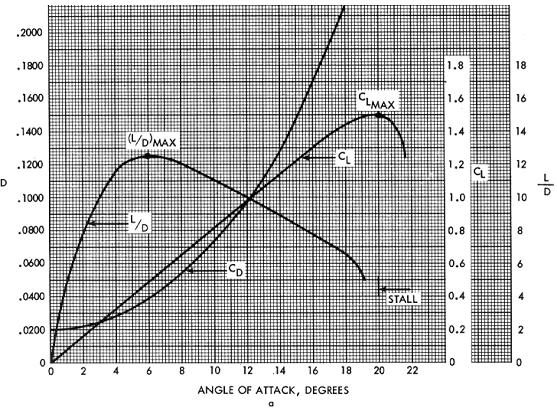@jfkjohan
"the heavier aircraft reaches the ground faster than a lighter aircraft"
What you learnt at the school is correct. The actual context of the learning was this:
Airplane B is heavier than Airplane A. Both are same make. Which one will descend faster for best range glide.
Same make means same L/D characteristics.
In order for these aircrafts to maximise the glide distance each of them should glide at maximum L/D. L/D is purely an aerodynamic variable, function of airplane shape and angle of attack only.
Maximum L/D is achieved at a fixed angle of attack for a fixed shape of the aircraft.
Now the problem is constraining the Angle of Attack. If A and B fly at the same angle of attack, and if B has to produce more lift the only way B can do this is by flying at a higher speed.
Yes the heavier aircraft glides at a higher speed for maximum range glide.
But for a speed restricted descent, the heavier aircraft may have a higher or lower sink rate depending on the L/D ratio at which the heavy aircraft is operating.
Please help me (and others) understand this. So, to keep it simple, the heavier the aircraft, the more lift it requires hence the higher AoA thus the more induced drag it generates.
I will try to build up on the simple sentence you started.
- The heavier the aircraft the more lift it requires.
- If the airspeed is constrained only way to increase the lift is by increasing angle of attack.
- An increase in angle of attack will always increase the coefficient* of drag and coefficient of Lift.
- But an increase in AOA may increase the L/D ratio, or it may decrease the L/D ratio.
- The variation in L/D ratio depends on which region of the L/D curve the aircrafts are operating.
- As you can see in the following curve for Angle of Attack between 0-6 L/D increases with increase in AOA. For AOA beyond 6 degrees, L/D reduces with AOA.
- Hence a heavier aircraft is a better glider than a lighter on in low AOA regime. And a lighter aircraft is a better glider in high angle of attack regime.

Thanks to kieth for pointing out the mistake.
@Capt Pitt Bull
Rate Of Descent = Power Deficit / Weight
Your hypothesis work for low angle of attack regime and fails in high angle of attack regime. Even though it is easy to explain, it is wrong.